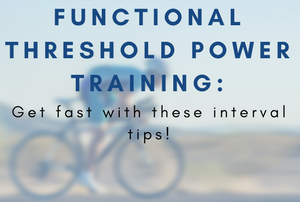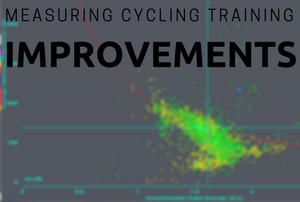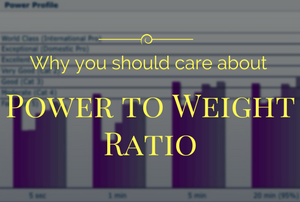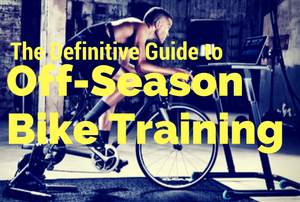Functional Threshold Power Training Intervals
Functional threshold power intervals are the staple of any build program. While VO2 max is the genetic parameter that determines your body's upper limit of aerobic fitness, functional threshold is the parameter that determines how much (or what percentage) you can use.
How do you build Functional Threshold Power?
Functional Threshold Power really is what most people try to improve in a training program. While efficiency plays a role and VO2 max capacity is important, FTP is the big comparison number. Well, W/Kg really is the king, but FTP is the most well known and compared in amateur circles.
That said, how do we go about improving FTP? Well, you have to have the VO2 max ceiling first. Once you have that, the goal is to force your body to work right at or just above FTP to create endurance adaptations. You can do that in a number of different ways, each with their own outcomes.





